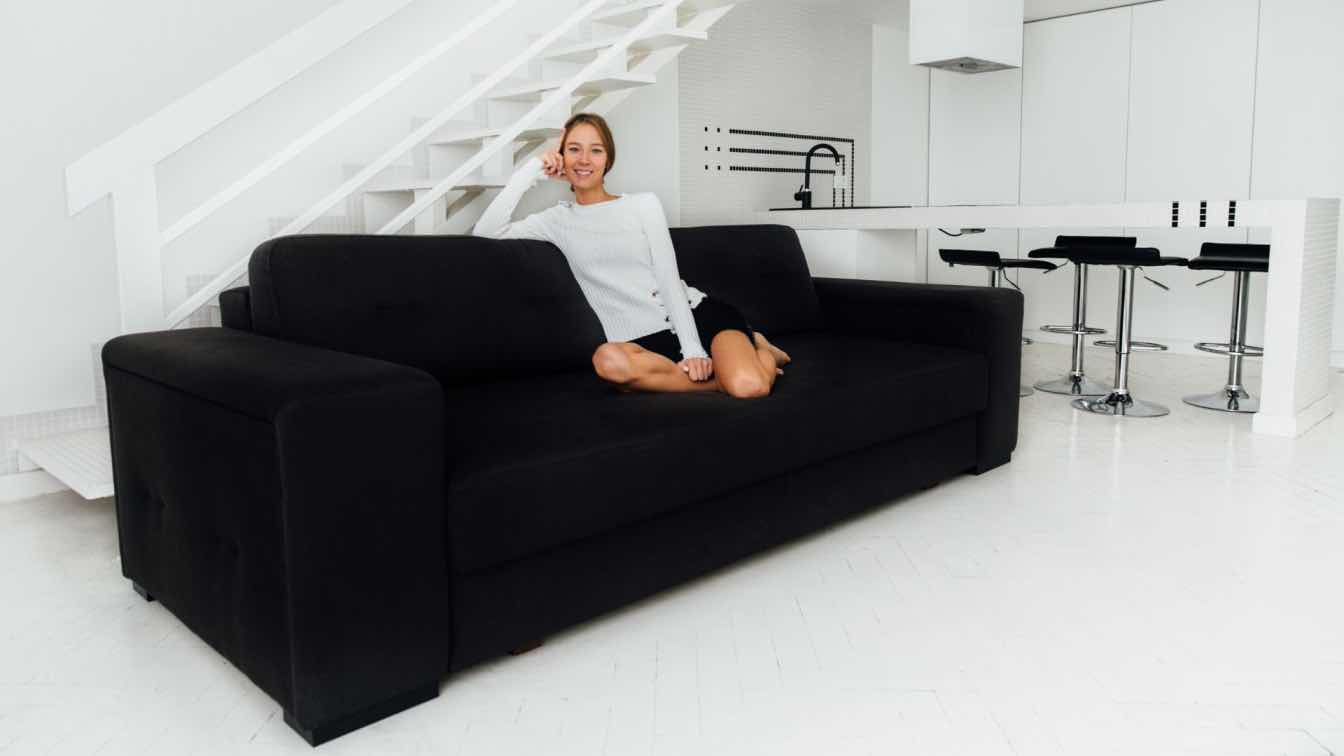There are myriad reasons why you might want to soundproof your home, from a baby being on the way (which you daren’t wake!) to a desire for a music studio to release your creative spirit, even during the night.
While it might seem like a great place to start would be ensuring that the walls absorb sound like a sponge in water, the door of your room is typically the most effective place to add soundproofing. After all, that door is the gateway to the rest of your home, meaning that it is the main way through which errant sound could get into your room.
Here, let's talk about some efficient and impactful ways to ensure that the doors in your home are as soundproof as possible.
Solid wood doors
Solid wood doors can be defined as any door that’s made from actual pieces of wood, as opposed to pieces of engineered wood, which often contain imperfections and air pockets.
While the doors can be made from several pieces of solid wood, each piece on its own comprises a dense mass that absorbs sound energy efficiently, stopping it dead in its tracks. It does this in two ways: uniform thickness, and high mass.
A door that has the same amount of thickness from top to bottom will provide more soundproofing than a door with an irregular thickness. A great example of this can be seen in doors with carved detailing: these details, while pretty, lead to thinner sections of the door, through which sound is more likely to travel. For this reason, a thick, stout door made from solid wood will offer better soundproofing than glass doors, for instance, which typically feature thick wood alongside thinner panes of glass.
The mass of a door also provides soundproofing qualities. The reason for this is that when sound energy collides with a door, it imparts kinetic energy to the door’s atoms, making them vibrate. In turn, that vibration is converted back into sound on the other side of the door, after being decreased in intensity as some energy is absorbed.
This decrease in intensity happens because the kinetic energy results in friction, leading to the door heating up very slightly. This friction occurs between individual atoms in the door. Therefore, the best way to increase the amount of sound energy lost to heat is with more atoms: a heavy, thick door will block and absorb sound without releasing it better than a thin door will.
Door Frame overlap
Sound energy travels through the air between the source and your ear. Since air is a fluid in the same way that water is, you can consider blocking the fluid to reduce the amount of energy that can be transferred through it.
In more straightforward terms, ensuring that your door frame overlaps with your door a little can lead to a huge reduction in noise. Even just a small additional amount of beading around the frame can offer the door something to settle into as it closes, thus leading to it forming a basic seal.
Since this seal prevents air from moving through the gaps around your door, it will result in soundproofing. Typically, modern soundproofing solutions offer some level of overlap between the door and the frame. Installing some in your home can make a world of difference.
Flexible sealing
A more adaptable way to ensure that the seal you create around your door fits well into the frame is to use a flexible sealing technique. This can include a number of different methods, but a common trick is to use some form of foam or rubber around the edges of a door.
These flexible items will be compressed as you shut the door, forcing them to spread out a little on the surface of the door and the frame. As with the doorframe overlap above, this prevents the movement of air through the door, leading to a decrease in noise pollution within the room.
Finding a way to ensure that different rooms in your home are as soundproof as possible can allow you to get more sleep at night, and not worry about being overheard during the day. There are lots of great methods available to you, so consider which may work best in your home.





